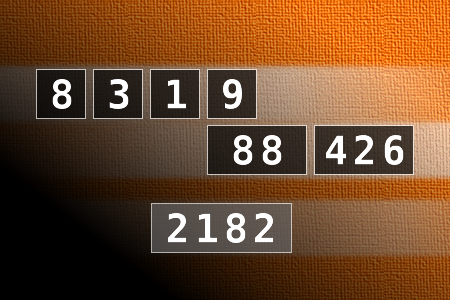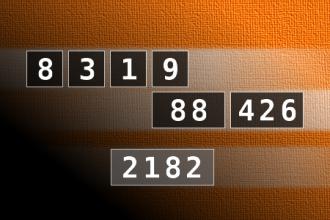Calculate the number 2182
NUMBERMANIA: Calculate the number 2182 using numbers [8, 3, 1, 9, 88, 426] and basic arithmetic operations (+, -, *, /). Each of the numbers can be used only once.
All I Need is a Miracle
A woman was walking along the beach when she stumbled upon a genie's lamp. She picked it up and rubbed it. Lo-and-behold a genie appeared. The amazed woman asked if she got three wishes.
The Genie said, "Nope. Due to inflation, constant downsizing, low wages in third-world countries and fierce global competition, I can only grant you one wish. So, what'll it be?"
The woman didn't hesitate. She said, "I want peace in the Middle East. See this map? I want these countries to stop fighting with each other."
The Genie looked at the map and exclaimed, "Gadzooks, lady! These countries have been at war for thousands of years. I'm good, but not THAT good! I don't think it can be done. Make another wish."
The woman thought for a minute. She said, "Well, I've been trying to find the right husband. You know, one that's considerate and fun, likes to cook and helps with the housecleaning, has a great sense of humor and gets along with my family, doesn't watch sports all the time and is faithful. That's what I wish for. A good mate."
The Genie let out a long sigh and said, "Let me see that map again."

